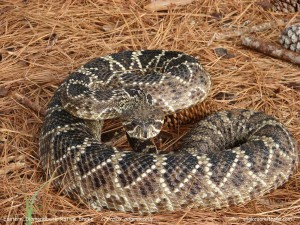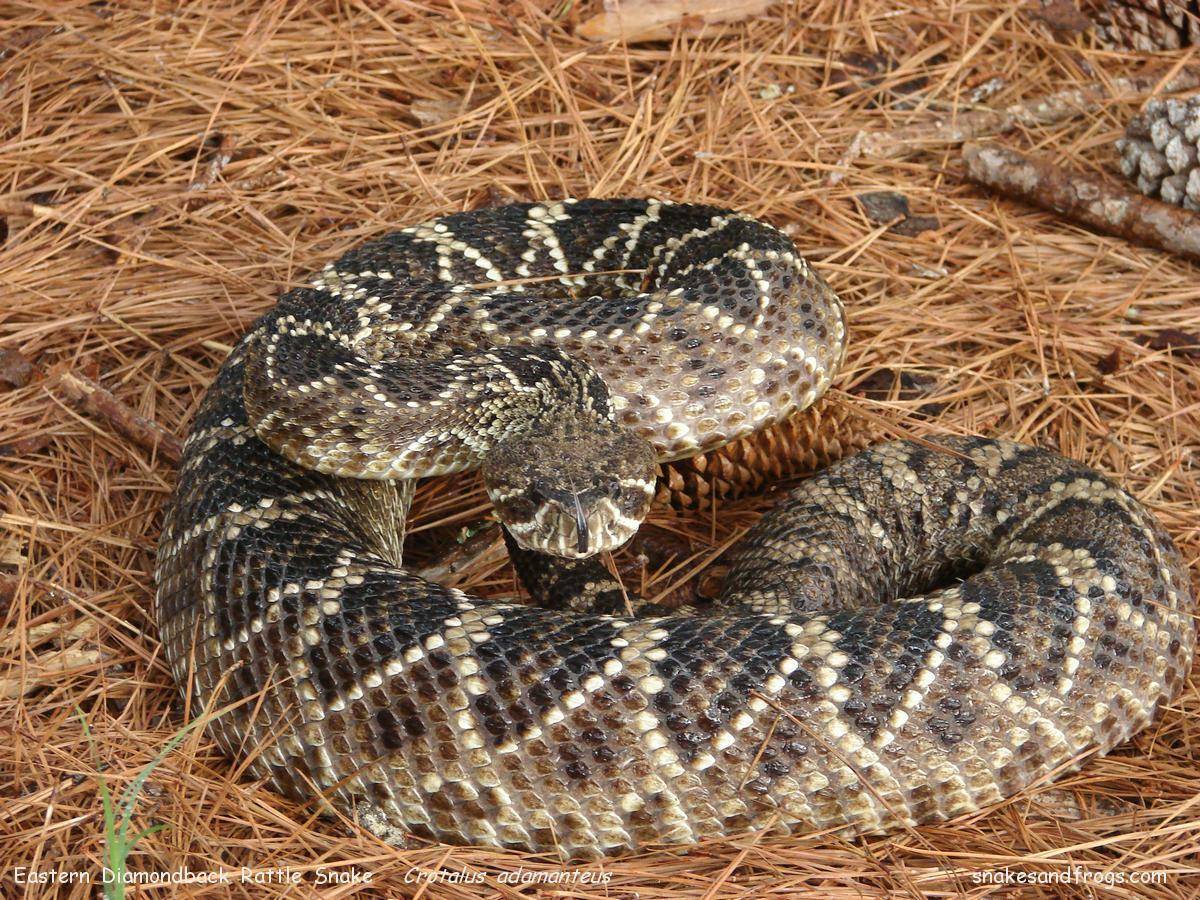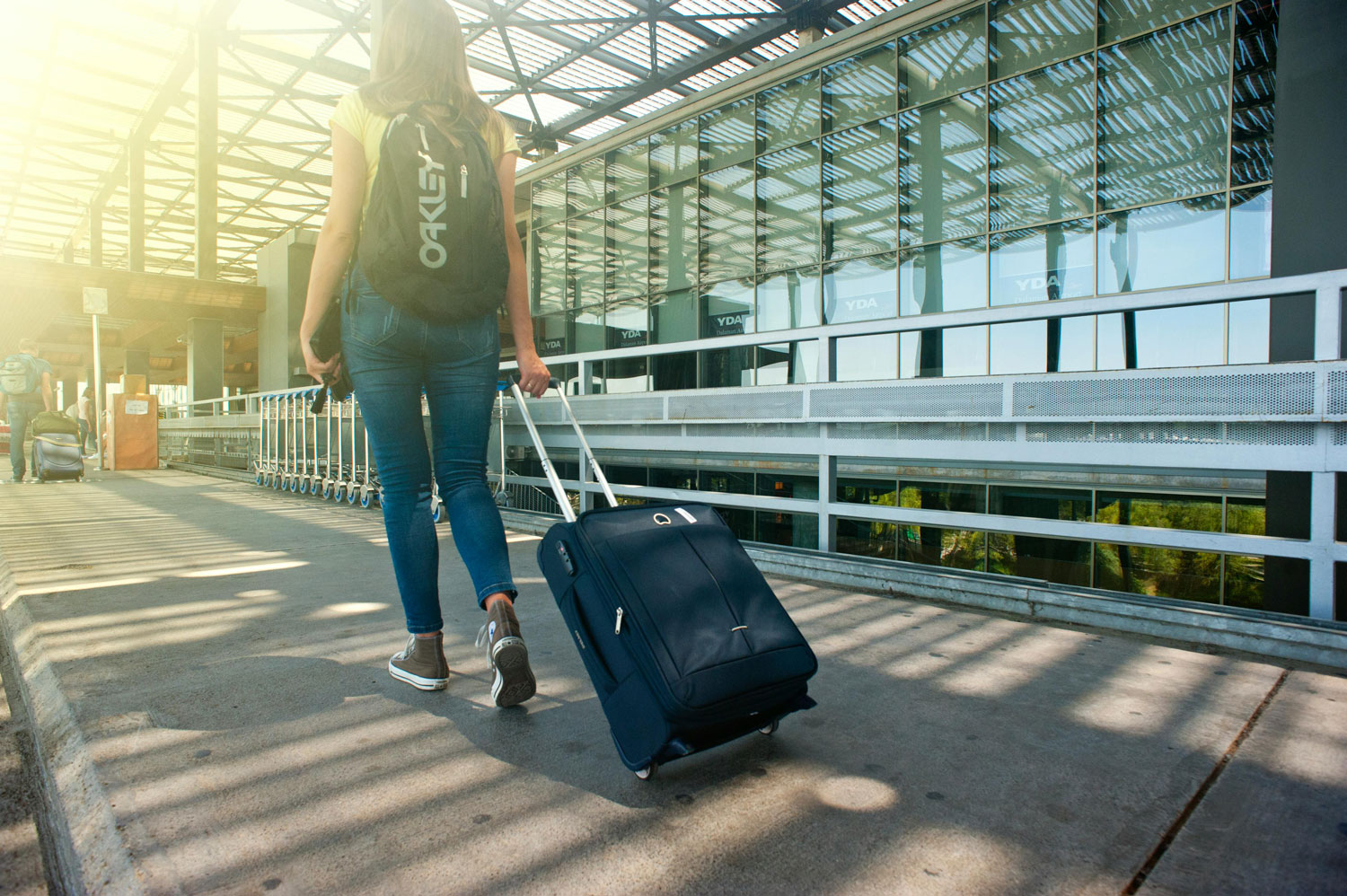 Every year, around 8,000 people in the United States alone receive poisonous snake bites. People who regularly camp, hike, or visit wilderness areas should know the potential dangers caused by snakes. Even harmless snakes can do a lot of damage because their bite can cause an allergic reaction and infection. The snakes that have poisonous bites include rattlesnakes, copperhead, cottonmouth water moccasin, and coral snakes.
Every year, around 8,000 people in the United States alone receive poisonous snake bites. People who regularly camp, hike, or visit wilderness areas should know the potential dangers caused by snakes. Even harmless snakes can do a lot of damage because their bite can cause an allergic reaction and infection. The snakes that have poisonous bites include rattlesnakes, copperhead, cottonmouth water moccasin, and coral snakes.
Many situations where snake bits occur are when the victim is far away from civilisation, unable to contact people in case of an emergency. Sometimes, there won’t even be regular cell phone signal so even if you have your cell phone with you, you may not be able to phone for help. One solution is a satellite phone. A satellite phone can be used anywhere in the world where there is a clear line of sight to the sky, so if you’re looking for that extra bit of safety when venturing into unknown, hard to access areas it may be worth looking into.
There are certain symptoms associated with snake bites. Though individual reactions may vary, below are the common symptoms to watch out for:
- Severe localized pain
- Bloody wound discharge
- Swelling at the side of the snake bite
- Burning
- Diarrhea
- Convulsion
- Fainting
- Dizziness and Weakness
- Blurred Vision
- Fever
- Excessive Sweating
- Thirst
- Nausea and Vomiting
- Loss of Muscle Coordination
- Numbness
- Rapid Pulse
However, even without these symptoms, it is critical to do first-aid on a person who has suffered from a snake bite. Implementing the 10-step first-aid process at the earliest is important to keep the situation from getting worse. It can potentially save the life of the victim as well.
- Immediately identify the species of the snake. Coordination should be established early on and the victim should be moved to safety.
- Remove any tight-fitting clothing and jewelry. Tie a restricting band above and below the snake bite area inches away from the puncture.
- Apply a strong suction without cutting. The suction should be applied in the deepest puncture directly.
- Apply an antiseptic rapidly and put a compress on the bite area without interrupting the suction.
- Continue with the suction and alternate the placement of the cold compress to avoid an injury because of severe cold.
- Look at the constriction bands to see if swelling occurred and loosen it when appropriate.
- Monitor for any sign of shock.
- Keep the victim as immobilized and as warm as possible. But remember that movement for treatment is more important than maintaining the immobile position.
- Transport the victim as soon as possible to professional medical service. Ideally, the first aid treatment shown above is administered during transportation.
- If possible, kill the snake and take it along for identification purposes.
If applicable, kill the snake and take it along for identification purposes.
Comprehensive Overview of Snake Bite
Medicine Plus: Snake Bites
How to Prevent and Treat Snake Bites
Mayo Clinic: First Aid for Snake Bites
Competent First Aid: Snake Bite
CWTS Training Module
Do’s and Don’ts of Snake Bite
CSL Anti-venom Handbook
Oklahoma Poison Control Center
Snakebite Emergency First-Aid Information
Related Links
Keep Kids Healthy: Treating Snake Bite
Snakebite Research Unit



snake bite treatment is very important. especially when we away from a hospital. I am an expert in the field of venomous snakes and you can always have an extractor kit with you and wear the right cloths to protect your skin if you are in a place with many venomous snakes. If you want to be prepaired for a bite you can also get the antivenom.antivenomandvaccine.com after a bite their is only one place you can get it other than the hospital.
Why is cold treatment not recommended for snake bites? States it could be harmful. In what way?